Role Political figure Name Peter Stuyvesant | Signature Succeeded by Office abolished | |
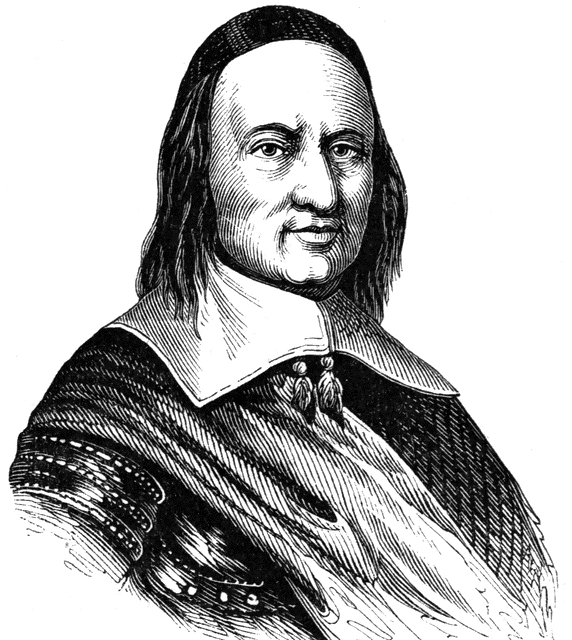 | ||
Spouse(s) Judith Bayard(m. 1645—1672; his death) Parents Balthazar Jansz StuyvesantMargaretha Hardenstein Similar People Peter Cooper, Peter Minuit, Henry Hudson, William Penn, Anne Hutchinson | ||
Peter stuyvesant cigarette commercial 1985
Peter Stuyvesant (English pronunciation /ˈstaɪv.ə.sənt/; in Dutch also Pieter and Petrus Stuyvesant; (1610–1672) served as the last Dutch director-general of the colony of New Netherland from 1647 until it was ceded provisionally to the English in 1664, after which it was renamed New York. He was a major figure in the early history of New York City and his name has been given to various landmarks and points of interest throughout the city (e.g. Stuyvesant High School, Stuyvesant Town–Peter Cooper Village, Stuyvesant Plaza, Bedford–Stuyvesant neighborhood, etc.).
Contents
- Peter stuyvesant cigarette commercial 1985
- Peter Stuyvesants former residence today a lunchroom The New York Connection Episode 4
- Early life
- Career
- New Netherland
- Expansion of the colony
- Religious freedom
- Capitulation
- Personal life
- Legacy
- Descendants
- In popular culture
- References
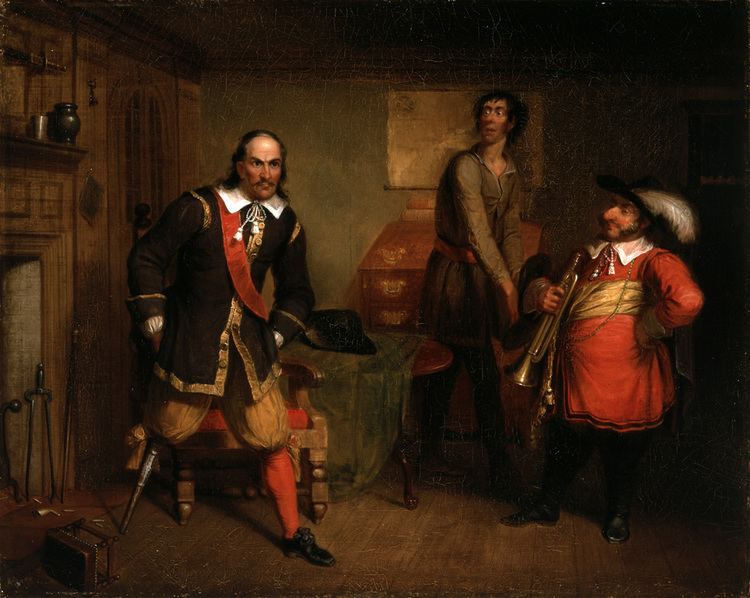
Stuyvesant's accomplishments as director-general included a great expansion for the settlement of New Amsterdam beyond the southern tip of Manhattan. Among the projects built by Stuyvesant's administration were the protective wall on Wall Street, the canal that became Broad Street, and Broadway. Stuyvesant, himself a member of the Dutch Reformed Church, opposed religious pluralism and came into conflict with Lutherans, Jews, Roman Catholics and Quakers as they attempted to build places of worship in the city and practice their faiths.
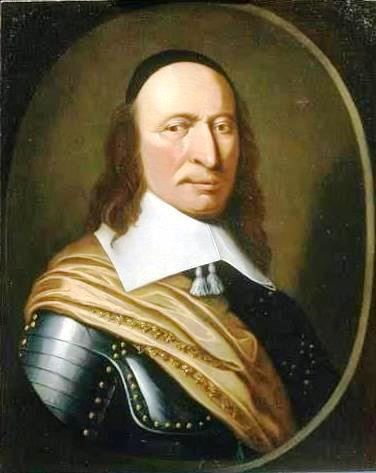
Peter Stuyvesant's former residence, today a lunchroom - The New York Connection (Episode 4)
Early life
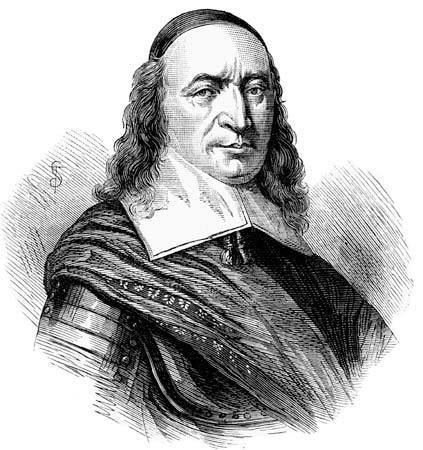
Stuyvesant was born in 1610 in Peperga, Friesland, in the Netherlands, to Balthasar Stuyvesant, a minister, and Margaretha Hardenstein. He grew up in Peperga, Scherpenzeel, and Berlikum. He studied languages and philosophy in Franeker.
Career
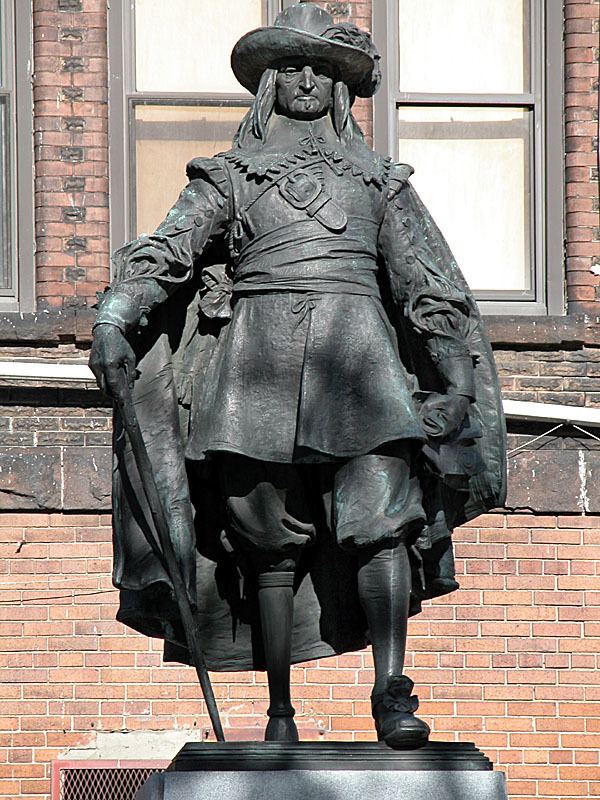
Around 1635, Stuyvesant joined the West India Company. From 1642 to 1644, he was director of the Company's colony of Curaçao, in the West Indies.
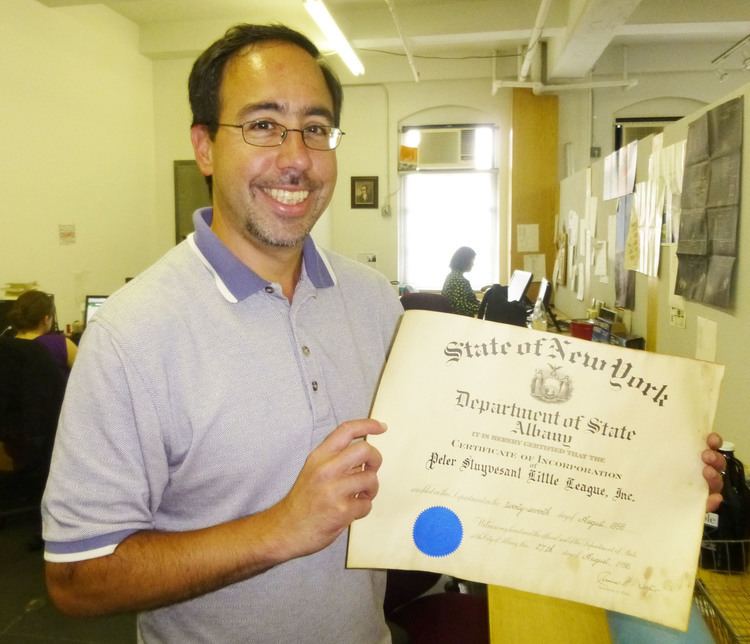
In April 1644, he coordinated and led an attack on the Spanish-held island of Saint Martin, where he lost the lower part of his right leg to a cannonball. He returned to the Netherlands for convalescence, where his right leg was replaced with a wooden peg. Stuyvesant was given the nicknames "Peg Leg Pete" and "Old Silver Nails" because he used a wooden stick studded with silver nails as a prosthesis.
New Netherland
A year later, in May 1645, Stuyvesant was selected by the Dutch West India Company to replace Willem Kieft as Director-General of the New Netherland colony, in present-day New York. He arrived in New Amsterdam on May 11, 1647. In September 1647, he appointed an advisory council of nine men as representatives of the colonists on New Netherland.
In 1648, a conflict started between him and Brant Aertzsz van Slechtenhorst, the commissary of the patroonship Rensselaerwijck, which surrounded Fort Orange (present-day Albany). Stuyvesant claimed he had power over Rensselaerwijck, despite special privileges granted to Kiliaen van Rensselaer in the patroonship regulations of 1629. In 1649, Stuyvesant marched to Fort Orange with a military escort and ordered bordering settlement houses to be razed to permit a better defense of the fort in case of an attack from the Native Americans. When Van Slechtenhorst refused, Stuyvesant sent a group of soldiers to enforce his orders. The controversy that followed resulted in the founding of the new settlement, Beverwijck.
Expansion of the colony
Stuyvesant became involved in a dispute with Theophilus Eaton, the governor of English New Haven Colony, over the border of the two colonies. In September 1650, a meeting of the commissioners on boundaries took place in Hartford, Connecticut, called the Treaty of Hartford, to settle the border between New Amsterdam and the English colonies to the north and east. The border was arranged to the dissatisfaction of the Nine Men, who declared that "the governor had ceded away enough territory to found fifty colonies each fifty miles square." Stuyvesant then threatened to dissolve the council. A new plan of municipal government was arranged in the Netherlands, and the name "New Amsterdam" was officially declared on 2 February 1653. Stuyvesant made a speech for the occasion, saying that his authority would remain undiminished.
Stuyvesant was then ordered to the Netherlands, but the order was soon revoked under pressure from the States of Holland and the city of Amsterdam. Stuyvesant prepared against an attack by ordering the citizens to dig a ditch from the North River to the East River and to erect a fortification.
In 1653, a convention of two deputies from each village in New Netherland demanded reforms, and Stuyvesant commanded that assembly to disperse, saying: "We derive our authority from God and the company, not from a few ignorant subjects."
In the summer of 1655, he sailed down the Delaware River with a fleet of seven vessels and about 700 men and took possession of the colony of New Sweden, which was renamed "New Amstel." In his absence, Pavonia was attacked by Native Americans, during the "Peach War" on September 15, 1655.
In 1657, the directors of the Dutch West India Company wrote to Stuyvesant to tell him that they are not going to be able to send him all the tradesmen that he requested and that he would have to purchase slaves in addition to the tradesmen he will receive.
In 1660, Stuyvesant was quoted as saying that "Nothing is of greater importance than the early instruction of youth." In 1661, New Amsterdam had one grammar school, two free elementary schools, and had licensed 28 masters of school.
Religious freedom
In 1657, Stuyvesant, who did not tolerate full religious freedom in the colony, and was strongly committed to the supremacy of the Dutch Reformed Church, refused to allow Lutherans the right to organize a church. When he also issued an ordinance forbidding them from worshiping in their own homes, the directors of the Dutch West Indies Company, three of whom were Lutherans, told him to rescind the order and allow private gatherings of Lutherans.
Freedom of religion was further tested when Stuyvesant refused to allow Jewish refugees, from Dutch Brazil, to settle permanently in New Amsterdam (without passports) and join the existing community of Jews (with passports from Amsterdam). Stuyvesant attempted to have Jews "in a friendly way to depart" the colony. As he wrote to the Amsterdam Chamber of the Dutch West India Company in 1654, he hoped that "the deceitful race, — such hateful enemies and blasphemers of the name of Christ, — be not allowed to further infect and trouble this new colony." He referred to Jews as a "repugnant race" and "usurers", and was concerned that "Jewish settlers should not be granted the same liberties enjoyed by Jews in Holland, lest members of other persecuted minority groups, such as Roman Catholics, be attracted to the colony."
Stuyvesant's decision was again rescinded after pressure from the directors of the Company. As a result, Jewish immigrants were allowed to stay in the colony as long as their community was self-supporting, however, Stuyvesant and the company would not allow them to build a synagogue, forcing them to worship instead in a private house.
In 1657, the Quakers, who were newly arrived in the colony, drew his attention. He ordered the public torture of Robert Hodgson, a 23-year-old Quaker convert who had become an influential preacher. Stuyvesant then made an ordinance, punishable by fine and imprisonment, against anyone found guilty of harboring Quakers. That action led to a protest from the citizens of Flushing, which came to be known as the Flushing Remonstrance, considered by some a precursor to the United States Constitution's provision on freedom of religion in the Bill of Rights.
Capitulation
In 1664, King Charles II of England ceded to his brother, the Duke of York, later King James II, a large tract of land that included all of New Netherland. Four English ships bearing 450 men, commanded by Richard Nicolls, seized the Dutch colony. On 30 August 1664, George Cartwright sent the governor a letter demanding surrender. He promised "life, estate, and liberty to all who would submit to the king's authority."
On 9 September 1664, Stuyvesant signed a treaty at his Bouwerij house. Nicolls was declared governor, and the city was renamed New York. Stuyvesant obtained civil rights and freedom of religion in the Articles of Capitulation. The Dutch settlers mainly belonged to the Dutch Reformed church, a Calvinist denomination, holding to the Three Forms of Unity (Belgic Confession, Heidelberg Catechism, Canons of Dordt). The English were Anglicans, holding to the 39 Articles, a Protestant confession, with bishops.
In 1665, Stuyvesant went to the Netherlands to report on his term as governor. On his return to the colony, he spent the remainder of his life on his farm of sixty-two acres outside the city, called the Great Bouwerie, beyond which stretched the woods and swamps of the village of Nieuw Haarlem. A pear tree that he reputedly brought from the Netherlands in 1647 remained at the corner of Thirteenth Street and Third Avenue until 1867, bearing fruit almost to the last. The house was destroyed by fire in 1777. He also built an executive mansion of stone called Whitehall.
Personal life
In 1645, Stuyvesant married Judith Bayard (c. 1610–1687) of the Bayard family. Her brother, Samuel Bayard, was the husband of Stuyvesant's sister, Anna Stuyvesant. Together, Petrus and Judith had two sons:
He died in August 1672 and his body was entombed in the east wall of St. Mark's Church in-the-Bowery, which sits on the site of Stuyvesant’s family chapel.
Legacy
Stuyvesant and his family were large landowners in the northeastern portion of New Amsterdam, and the Stuyvesant name is currently associated with three places in Manhattan's East Side, near present-day Gramercy Park: the Stuyvesant Town housing complex; Stuyvesant Square, a park in the area; and the Stuyvesant Apartments on East 18th Street. His farm, called the "Bouwerij" – the seventeenth-century Dutch word for "farm" – was the source for the name of the Manhattan street and surrounding neighborhood named "The Bowery". The contemporary neighborhood of Bedford–Stuyvesant, Brooklyn includes Stuyvesant Heights and retains its name. Also named after him are the hamlets of Stuyvesant and Stuyvesant Falls in Columbia County, New York, where descendants of the early Dutch settlers still live and where the Dutch Reformed Church remains an important part of the community, as well as shopping centers, yacht clubs and other buildings and facilities throughout the area where the Dutch colony once was.
A statue of Stuyvesant by J. Massey Rhind situated at Bergen Square in Jersey City was dedicated in 1915 to mark the 250th anniversary of the Dutch settlement there More modestly, Peter Island in the British Virgin Islands was also named after Stuyvesant during the Dutch West India Company's administration of that territory.
Descendants
The last acknowledged direct descendant of Peter Stuyvesant to bear his surname was Augustus van Horne Stuyvesant, Jr., who died a bachelor in 1953 at the age of 83 in his mansion at 2 East 79th Street. Rutherfurd Stuyvesant, the 19th-century New York developer, and his descendants are also descended from Peter Stuyvesant; however, Ruthford Stuyvesant's name was changed from Stuyvesant Rutherford in 1863 to satisfy the terms of the 1847 will of Peter Gerard Stuyvesant.
His descendants include:
